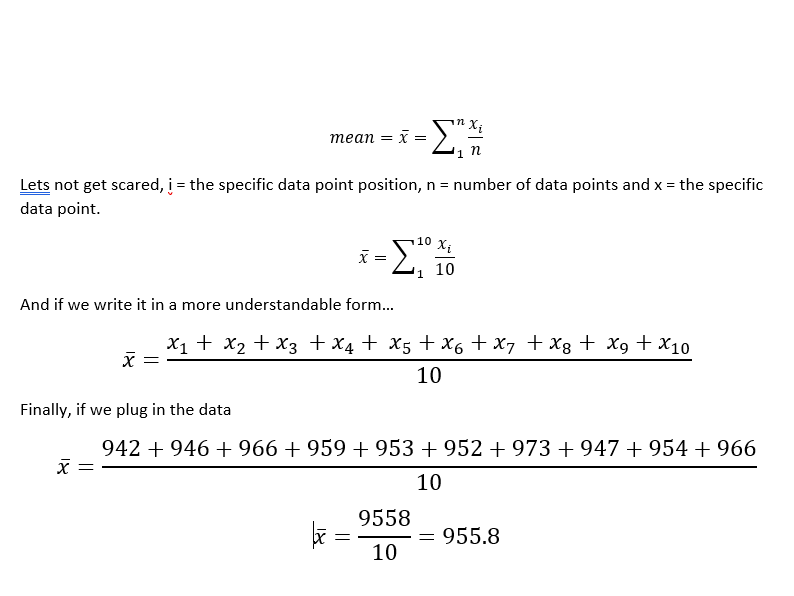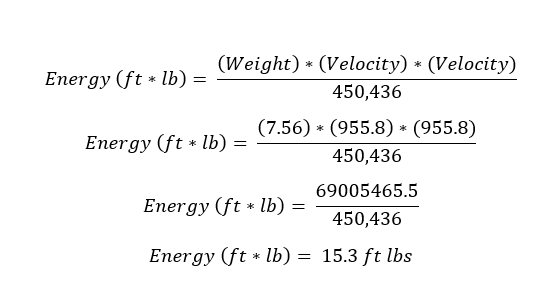Rolling around to another Thursday, today I am going to finish off the conversation that I started last week on the ballistics of my reloads for .357 magnum. This was my first trip to the range with my chronograph. Look at all the junk I have to take, I am thinking of getting a larger range bag since mine is chronically full.

Since I provided the raw data last week, I am going to skip entering it this week. But, below I am going to provide the calculations from that data. What I can tell from the data is that charge weight makes very little difference in velocity unless it is the highest charge,
I think that it is worth pointing out a couple of things. Given the choice of charges and based on this data, I would choose the smallest load of 5.8 grains just based on performance. This actually ignores one variable that I didn’t test and that is accuracy. It is possible that one of the four charges is more accurate than the other three. The truth is, that would be the true choice. So, I will have to test that in the future.
| 5.8gr | 5.9gr | 6.0gr | 6.2gr | 6.3gr | ||
| Velocity | 949 | 932 | 925 | 943 | 1055 | |
| 3 sigma | 327 | 284 | 161 | 131 | 168 | |
| Energy | 316 | 305 | 300 | 312 | 391 |
What I didn’t get was close to the published velocity. The data suggested that I should get 1050-1150 fps. It could be because I substituted components. I really don’t think so, but it is possible.
Now, theirs was measured on a 10″ barrel. However, I had a 16″ barrel and would expect to get similar to better velocity. To show what a difference barrel length makes, I also shot some factory .38 special on my range trip.
| 2″ | 16″ | |
| 1 | 784 | 1031 |
| 2 | 751 | 1094 |
| 3 | 773 | 1131 |
| 4 | 788 | 1131 |
| 5 | 762 | 1154 |
| 6 | 783 | 1159 |
| 7 | 762 | 1143 |
| 8 | 778 | 1143 |
| 9 | 776 | 1113 |
| Average | 773 | 1122 |
| 3 sigma | 35 | 117 |
| Energy | 172 | 363 |
What is the difference between .357 magnum and .38 special besides case length? It is pressure of cartridge during ignition 35,000 vs. 17,000 psi respectively. What I didn’t say with this data is the bullet is slightly lighter at 130 grains. Granted, this is a lighter bullet but the equalizer number is the energy.
Looking at the energy of 363 ft*lbs for .38 special versus 391 ft*lbs for .357 magnum I would deem this load as inadequate. Energy and velocity are not everything there is something to be said for accuracy as well. At least on the surface, I am definitely not getting the full potential of .357 magnum with this load combination.
If you remember a pound of powder is 7000 grains. And if I loaded 100 rounds averaging about 6 grains each for 600 grains I still have 90% of a pound left. It is good enough to make plinking rounds but given the choice, I would look for another powder.
End Your Programming Routine: I have done this exercise with several different powders and bullet weights. So, expect more of this in the future. Given our current state of reloading component shortages, it is unlikely that I am going to readily find a replacement to try any time soon. Of course, I am going to focus on what I currently have to get the most information on what I have on hand. I found the process enlightening, I hope that you did.








Recent Comments